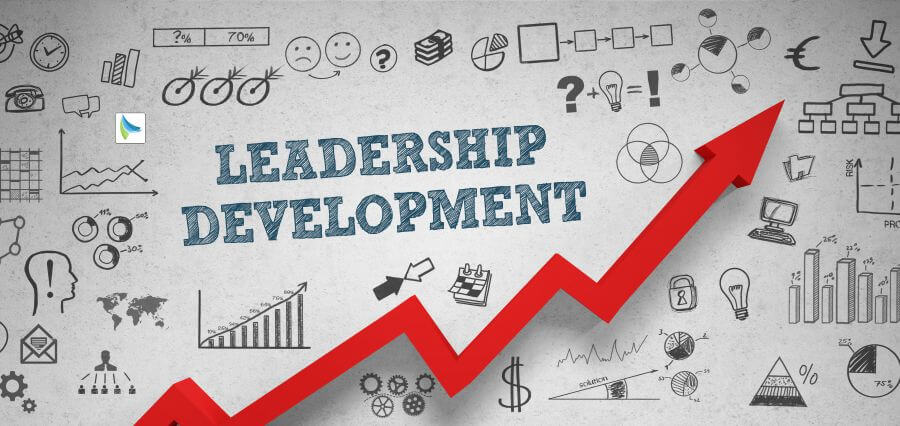Authenticity Over Authority
The leadership age is shifting. The era when titles alone could garner obedience or get results is over. In the modern open, hyper-connected world, individuals no longer respond to titles — they respond to trust. The best leaders of the new era are not power-based or hierarchical but authenticity-based — authentic, self-aware, and values-driven.
This reality power play is the most compelling of contemporary leadership fashions. It is a deeper comprehension of what propels human beings, what constructs engagement cultures, and what fosters organizational greatness in the age of change.
The Decline of Traditional Authority
Leadership and position control were yesterday’s worries. Titles, rank, and power were the bottom line to make the call. That recipe did deliver order, but did produce space — space between the leader and the follower. Staff were told to follow orders, not to connect.
But in a era of collaboration, innovation, and self-direction in our workplaces, that formula doesn’t apply. Employees today are looking for meaning, compassion, and honesty. They want to feel part of something greater than themselves, and to be led by leaders who are honest, transparent, and dependable.
Authority demands compliance, but authenticity can command loyalty — and it is loyalty that fuels innovation, resilience, and performance.
The Essence of Authentic Leadership
Self-awareness starts genuine leadership. It is leading from one’s values, strength, and beliefs and not trying to impress or manipulate. Genuine leaders do not have flaws — they own up to mistakes, take feedback, and ask questions. Their openness builds trust that enables others to become vulnerable too.
They talk straight and follow through with actions. Integrity, compassion, and humility are the foundation of their leadership. Consistency between word and deed is how they establish credibility and enduring legacy — far greater than positional influence.
Trust as the New Currency of Leadership
In an era of knowledge, trust is the most important currency of leadership. Teams no longer respond to orders; teams respond to connection. Leaders come to understand their people — their drivers, their fears, and their dreams. They share real, honest conversations, listen with purpose, and establish a culture in which everybody is heard and prized.
That openness creates psychological safety — employees’ trust that they can get the job done, experiment, and be creative without fear of judgment or termination. That is where performance is optimized and creativity occurs.
The Power of Vulneranity
Vulnerability, which was once a leadership weakness, is now a crushing strength. Leaders make themselves human by being open to uncertainty, acknowledging their own flaws, or admitting they don’t know everything. Authenticity builds trust, demonstrating that leadership isn’t perfect but a journey of learning and connecting.
By being open, leaders build more robust relationships and build openness between and among teams. It breaks down barriers, forming partnerships where there are hierarchies — a sign of high-performing, team-based cultures.
Leading with Empathy and Emotional Intelligence
Effective leaders lead with empathy — feeling with and empathizing with others’ feelings. Emotional intelligence enables them to read the room, sense the tension, and respond with empathy. Relational awareness is game-changing when it comes to conflict resolution, feedback, and trust-building.
Empathy is the connector that takes one to authority and authenticity. Empathy brings leaders back to mind, reminding them that leadership is not managing tasks but, more so, inspiring people. As long as employees are being heard and understood, they will show up to work with their A-game, improving the performance of the entire business.
The Cultural Ripple Effect
The authenticity of the leader carries over to the rest of the organization. If authenticity is expressed at a leadership level, it trickles down from departments and teams to create a culture of openness, collaboration, and accountability.
Conversely, when leadership is purely power-focused, it generates fear, compliance, and disengagement — destroying innovation and responsiveness. Authenticity culture, by contrast, enables employees to raise their voices, give ideas, and own up, in the midst of an atmosphere where excellence becomes a natural by-product.
Balancing Authenticity with Accountability
Authenticity is not leniency or indulgence. Authenticity is acting correctly with integrity and honesty and being responsible to common values and standards to oneself and others. Authentic leaders offer constructive respectful criticism, make tough decisions with empathy, and model living in congruence between practice and purpose.
This tension — between conviction and empathy — is the mark of genuine leadership. It allows authenticity not to be confused with softness, but as strength on the foundation of emotional intelligence and moral clarity.
The Shift Every Leader Must Make
As the world becomes more distributed, inclusive, and global, leadership will need to shift from command-and-control to connection-and-inspire. Future leaders who will own it are those who establish trust before issuing orders, hear more than they speak, and lead from authenticity instead of authority.
It is not an easy feat. It requires self-awareness, humility, and a willingness to lead from the heart as much as from the head. But when people are able to learn to be themselves, they find that there is a truer truth — when you really do lead, people don’t follow a title; they believe in a vision.
Conclusion
The era of power is yielding to the era of authenticity. Our great leaders of today understand that power is not seized but earned; that trust is founded on transparency; and that greatness is attained where people feel connected, valued, and inspired.
Leadership is not bossing down from the top — it’s walking in integrity with other folks on purpose. When leaders make authenticity more important than authority, they don’t just manage teams; they transform cultures, spark innovation, and build companies that last.












